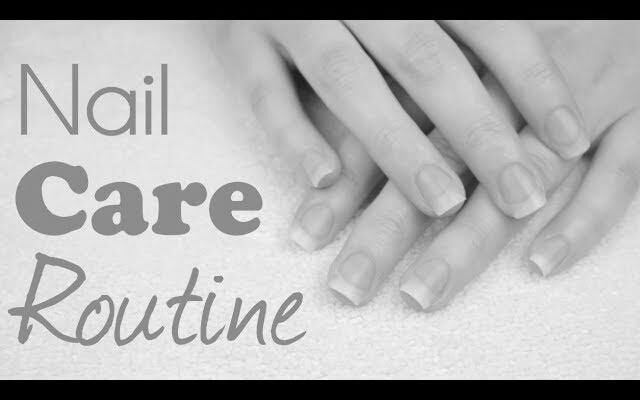What is Your Nail Care Routine?
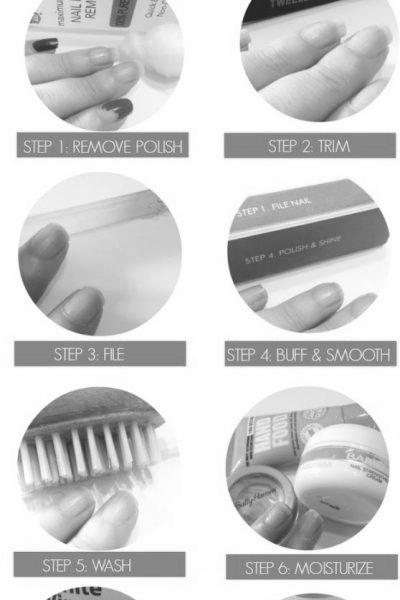
When it comes to maintaining beautiful nails, it’s essential to know your nail care routine and avoid pitfalls. Here are some tips for regular nail trimming and care. Remember to clean under the nails and take care of your cuticles. And always remember to avoid harmful activities while completing your routine. Whether cleaning your cuticles or removing stickers, nail care is an essential aspect of good overall health.
Trimming nails regularly
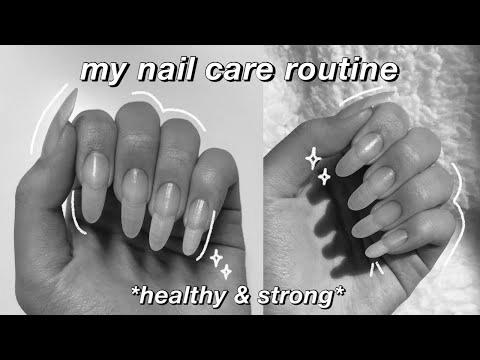
Trimming your nails is an essential part of your nail care routine. Your fingernails, skin, and damage to them can be just as painful as ingrown hairs or having them pulled out. However, if you allow your nails to grow too long, you can have unfortunate accidents. Trimming your nails will also make caring for your hands more enjoyable and avoid any painful consequences.
The best time to trim your nails is after taking a bath. Once you’re ready to cut your nails, disinfect your nail clippers and scissors every month by soaking them in 70% to 90% isopropyl alcohol. When rinse and dry them thoroughly before storing them.
In addition to clipping your nails, you should also file them with an emery board. Will smooth them and prevent them from snagging. Always make sure to disinfect your tools after use with rubbing alcohol. Regular care of your nails will make your nails stronger and resist breakage. It is also a great way to protect your nails from infections. And finally, it’s essential to ensure that you get enough vitamin and mineral requirements for your nails. Biotin is a vitamin B that is particularly good for your nails and can help you grow stronger and longer nails.
A healthy nail will look great even with nail polish, but cutting your cuticles can result in infection. Use an acetone-free nail polish remover and wear gloves if you have colored tips. Cuticles are part of the nail bed and protect your nails. Pushing or cutting them back too far can damage the nail bed. Afterward, moisturize your nails so that they remain flexible. It is essential if you live in an area with dry air.
Cleaning under the nails
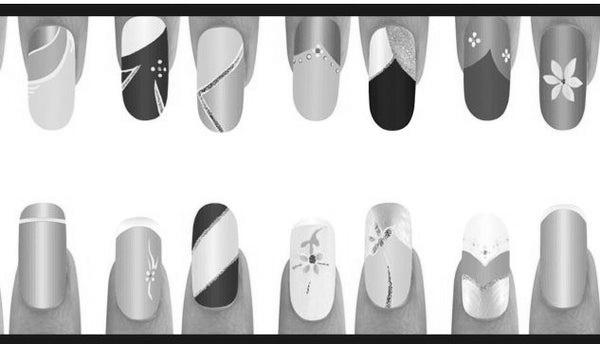
Clean under your nails once a day to prevent dirt and bacteria from settling underneath. Since pins for various tasks, they become dirty over time. These dirt-filled pockets can harbor fungi, bacteria, and dead skin cells. Practicing good nail hygiene will prevent this buildup and help protect your health against the spread of diseases. Using a soft washcloth, you can clean under the nails effectively. This step should be every time you wash your hands.
Cleaning under the nails is an essential part of nail hygiene. Without it, bacteria and dead skin could easily cling to your fingernails and cause infections. A clean brush will remove the dirt and prevent bacteria from forming under your nails. You can also use a soft nail brush to clean under your nails. Avoid using metal tools to clean your nails because they can separate the nail plate from the skin.
To clean under your nails, use lukewarm water to prevent your hands from becoming too dry. Another great tool is an orange stick, a pointed wooden stick that can help remove dirt and debris. Apply lotion or petroleum jelly before cleaning your nails to prevent over-drying. Clean under your nails regularly to keep them healthy and beautiful. You can even try applying a bit of lotion before going to bed to avoid hangnails.
Taking care of your cuticles
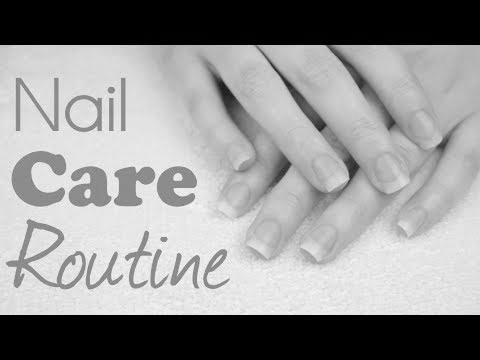
Taking care of your cuticles is an integral part of your nail care routine. Dry cuticles are often the cause of infections, as they tend to tear and snag on things. It’s also tempting to bite your nails, causing bleeding, painful tearing, and damaged cuticles. Fortunately, many natural remedies for cuticle dryness include soaking your nails in warm soapy water. After washing, you should use cuticle oil or massage cream to moisturize and protect your cuticles from cracking.
While professional nail artists differentiate between frayed cuticles and excess dead skin surrounding your nails, you can do it yourself safely at home to keep your cuticles healthy. For best results, use a cuticle pusher, pushing the cuticle toward the knuckle. Always wear gloves when cleaning with household solutions to avoid harming your cuticles.
Cutting off your cuticles is a bad idea. It can cause an infection on your nail, allowing bacteria to enter your body. And once a condition occurs, it’s likely to take quite a while to clear up. To prevent infections, moisturize your cuticles after you trim them. I will keep them soft and flexible. Especially when the weather is dry, moisturizing your nails after cutting is essential.
A cuticle is the natural protective layer that protects your fingernails. Leaving it unprotected can lead to infections, hangnails, and even more. You may cut them off completely, but doing so can do more harm than good. By compromising your cuticle, you leave your nails exposed to bacteria and infection. Each night, a few minutes of cuticle care will keep your nails looking great.
Getting a manicure
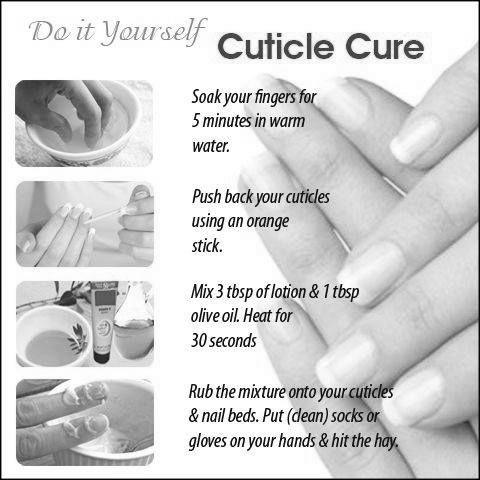
If you’re someone who enjoys getting a manicure, you’re not alone. Most people treat this as a special treat, but it is a good idea to have a manicure regularly. Your hands go through a lot, and regular manicures can help prevent ingrown nails and promote healthy nail growth. Here are some tips to help keep your manicure looking as good as possible.
The first step in preventing dry and cracked nails after a manicure is to moisturize your cuticles. Nail techs typically apply thin, moisturizing cuticle oil to your cuticles so they won’t lift during your manicure. You can also buy cuticle oil to moisturize your nails. It will encourage healthy nail growth and make your manicure last for longer. Applying cuticle oil after getting a manicure will also help keep your cuticles healthy.
The frequency of your manicure should change your lifestyle. People who lead more active lifestyles will need more TLC than those who don’t. Professionals recommend getting your nails done every two to three weeks to avoid dry, jagged claws and chipped nail varnish. It is also beneficial to have your nails professionally manicured every six months or less. You’ll be happier with the results!
Besides improving your physical appearance, a manicure or pedicure can address underlying health problems. Unlike other cosmetic treatments, nail treatments can address issues affecting your skin. In addition to treating your skin, a manicure or pedicure can improve your self-esteem and increase your self-confidence. A manicure or pedicure requires relatively little time, and a professional nail technician can address minor health issues.
What is Your Nail Care Routine?
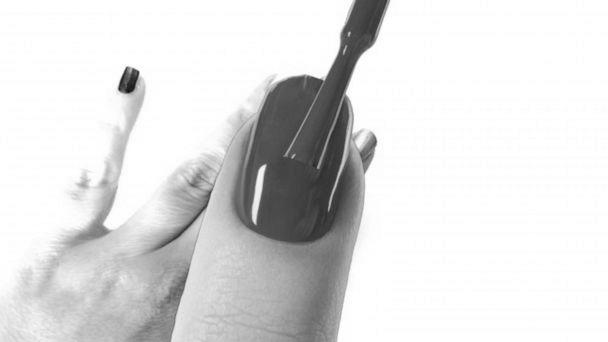
When it comes to maintaining beautiful nails, it’s essential to know your nail care routine and avoid pitfalls. Here are some tips for regular nail trimming and care. Remember to clean under the nails and take care of your cuticles. And always remember to avoid harmful activities while completing your routine. Whether cleaning your cuticles or removing stickers, nail care is an essential aspect of good overall health.
Trimming nails regularly
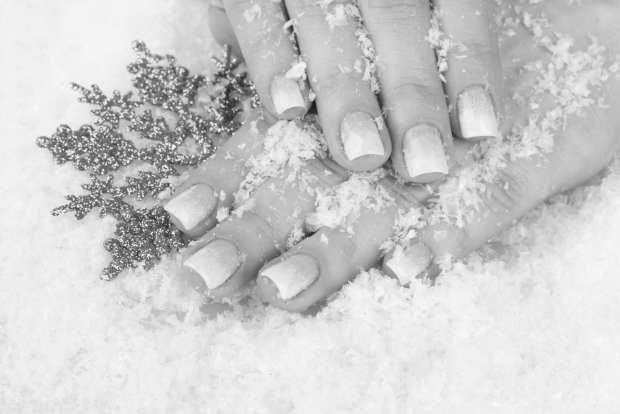
Trimming your nails is an integral part of your nail care routine. Your fingernails to your skin and damage can be just as painful as ingrown hairs or pulling them out. However, if you allow your nails to grow too long, you can have painful accidents. Trimming your nails will also make caring for your hands more enjoyable and avoid unfortunate consequences.
The best time to trim your nails is after taking a bath. The warm water helps soften the pins, so decorating them right after a bath is excellent. Once you’re ready to cut your nails, disinfect your nail clippers and scissors every month by soaking them in 70% to 90% isopropyl alcohol. When rinse and dry them thoroughly before storing them.
In addition to clipping your nails, you should also file them with an emery board. Will smooth them and prevent them from snagging. Always make sure to disinfect your tools after use with rubbing alcohol. Regular care of your nails will make your nails stronger and resist breakage. It is also a great way to protect your nails from infections. And finally, it’s essential to ensure that you get enough vitamin and mineral requirements for your nails. Biotin is a vitamin B that is particularly good for your nails and can help you grow stronger and longer nails.
A healthy nail will look great even with nail polish, but cutting your cuticles can result in infection. Use an acetone-free nail polish remover and wear gloves if you have colored tips. Cuticles are part of the nail bed and protect your nails. Pushing or cutting them back too far can damage the nail bed. Afterward, moisturize your nails so that they remain flexible. It is essential if you live in an area with dry air.
Cleaning under the nails
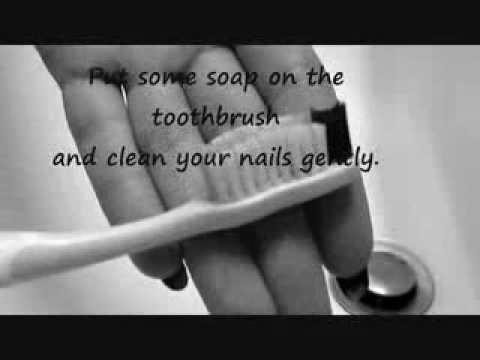
Clean under your nails once a day to prevent dirt and bacteria from settling underneath. Since pins for various tasks, they become dirty over time. These dirt-filled pockets can harbor fungi, bacteria, and dead skin cells. Practicing good nail hygiene will prevent this buildup and help protect your health against the spread of diseases. Using a soft washcloth, you can clean under the nails effectively. This step should be every time you wash your hands.
Cleaning under the nails is an essential part of nail hygiene. Without it, bacteria and dead skin could easily cling to your fingernails and cause infections. A clean brush will remove the dirt and prevent bacteria from forming under your nails. You can also use a soft nail brush to clean under your nails. Avoid using metal tools to clean your nails because they can separate the nail plate from the skin.
To clean under your nails, use lukewarm water to prevent your hands from becoming too dry. Another great tool is an orange stick, a pointed wooden stick that can help remove dirt and debris. Apply lotion or petroleum jelly before cleaning your nails to prevent over-drying. Clean under your nails regularly to keep them healthy and beautiful. You can even try applying a bit of lotion before going to bed to avoid hangnails.
Taking care of your cuticles
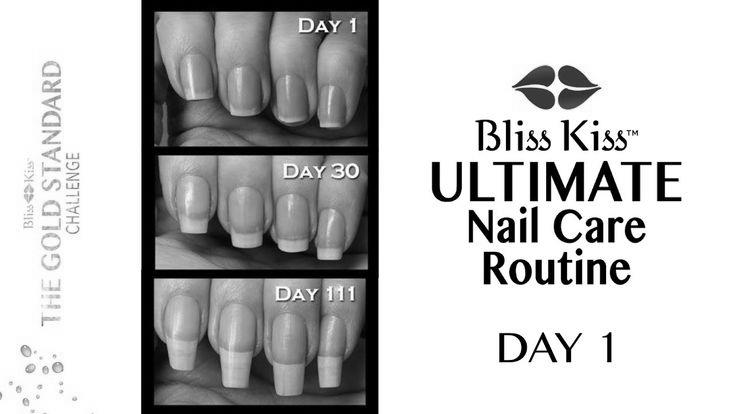
Taking care of your cuticles is an integral part of your nail care routine. Dry cuticles are often the cause of infections, as they tend to tear and snag on things. It’s also tempting to bite your nails, causing bleeding, painful tearing, and damaged cuticles. Fortunately, many natural remedies for cuticle dryness include soaking your nails in warm soapy water. After washing, you should use cuticle oil or massage cream to moisturize and protect your cuticles from cracking.
While professional nail artists differentiate between frayed cuticles and excess dead skin surrounding your nails, you can do it yourself safely at home to keep your cuticles healthy. For best results, use a cuticle pusher, pushing the cuticle toward the knuckle. Always wear gloves when cleaning with household solutions to avoid harming your cuticles.
Cutting off your cuticles is a bad idea. It can cause an infection on your nail, allowing bacteria to enter your body. And once a condition occurs, it’s likely to take quite a while to clear up. To prevent infections, moisturize your cuticles after you trim them. I will keep them soft and flexible. Especially when the weather is dry, moisturizing your nails after cutting is essential.
A cuticle is the natural protective layer that protects your fingernails. Leaving it unprotected can lead to infections, hangnails, and even more. You may cut them off completely, but doing so can do more harm than good. By compromising your cuticle, you leave your nails exposed to bacteria and infection. Each night, a few minutes of cuticle care will keep your nails looking great.
Getting a manicure
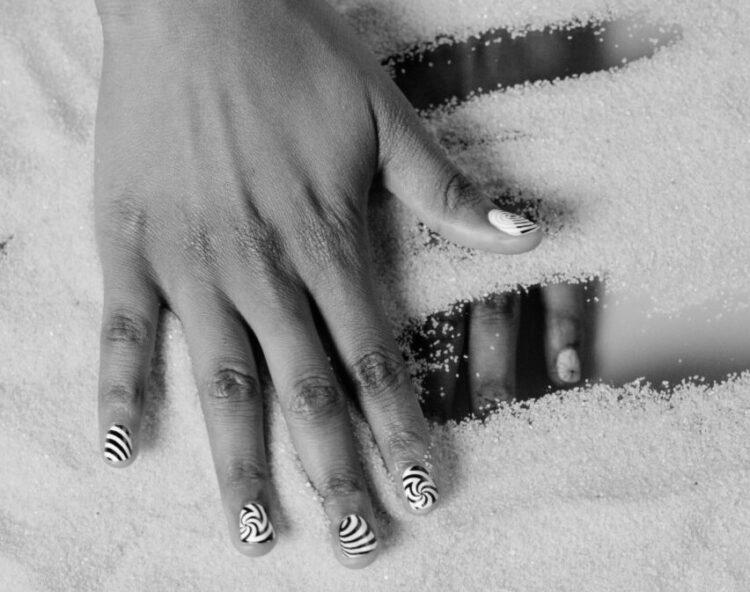
If you’re someone who enjoys getting a manicure, you’re not alone. Most people treat this as a special treat, but it is a good idea to have a manicure regularly. Your hands go through a lot, and regular manicures can help prevent ingrown nails and promote healthy nail growth. Here are some tips to help keep your manicure looking as good as possible.
The first step in preventing dry and cracked nails after a manicure is to moisturize your cuticles. Nail techs typically apply thin, moisturizing cuticle oil to your cuticles so they won’t lift during your manicure. You can also buy cuticle oil to moisturize your nails. It will encourage healthy nail growth and make your manicure last for longer. Applying cuticle oil after getting a manicure will also help keep your cuticles healthy.
The frequency of your manicure should change your lifestyle. People who lead more active lifestyles will need more TLC than those who don’t. Professionals recommend getting your nails done every two to three weeks to avoid dry, jagged claws and chipped nail varnish. It is also beneficial to have your nails professionally manicured every six months or less. You’ll be happier with the results!
Besides improving your physical appearance, a manicure or pedicure can address underlying health problems. Unlike other cosmetic treatments, nail treatments can address issues affecting your skin. In addition to treating your skin, a manicure or pedicure can improve your self-esteem and increase your self-confidence. A manicure or pedicure requires relatively little time, and a professional nail technician can address minor health issues.
